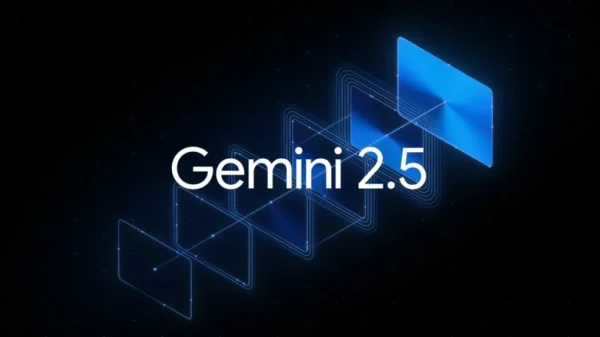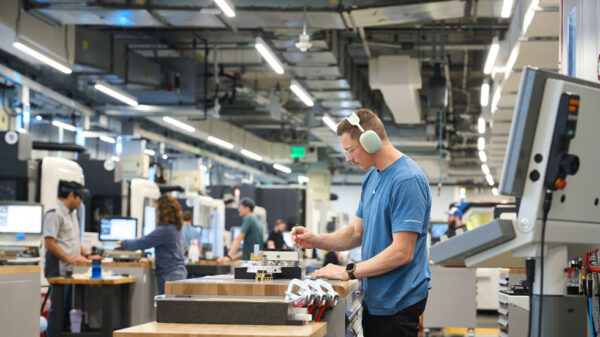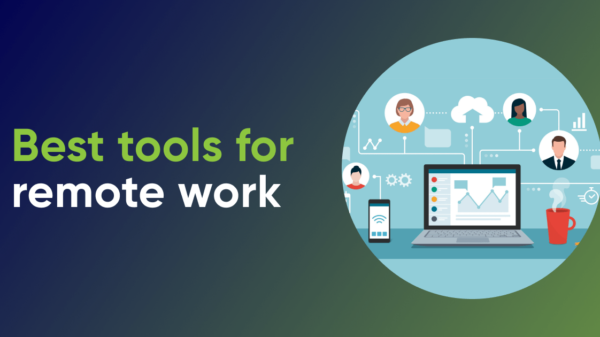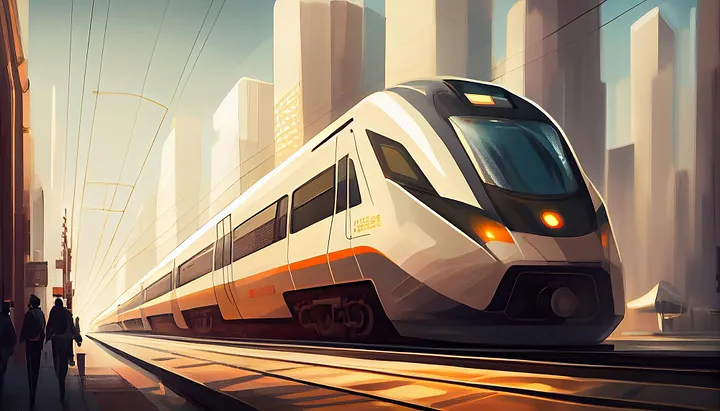For train travelers, dealing with crowded trains can often be a source of frustration and inconvenience. However, advancements in technology have paved the way for real-time crowdedness predictions that can significantly improve the commuting experience. In this blog post, we will explore how these predictions work, the benefits they offer, and how they enhance the overall train travel experience for passengers. Let’s dive in!
Utilizing Data and Machine Learning:
Real-time crowdedness predictions rely on the collection and analysis of data from various sources. This includes factors such as historical passenger data, train schedules, weather conditions, and even social media updates. Machine learning algorithms then process this data to generate accurate predictions of train crowdedness levels.
Benefits for Passengers:
The availability of real-time crowdedness predictions empowers train travelers to make informed decisions about their commute. Some key benefits include:
- Planning Ahead: Passengers can check crowdedness levels before departing, enabling them to choose less crowded trains or adjust their travel time to avoid peak hours.
- Comfortable Travel: By avoiding crowded trains, passengers can enjoy a more comfortable journey with adequate personal space.
- Reduced Stress: Knowing the expected crowdedness level in advance helps passengers mentally prepare for their commute, reducing stress and anxiety.
Integration with Mobile Applications:
Real-time crowdedness predictions are often integrated into mobile applications or travel planning platforms. These user-friendly applications provide easy access to the latest crowdedness information, enabling passengers to plan their journeys accordingly. Additionally, some apps offer features like notifications or alerts that inform users about sudden changes in crowdedness levels.
Enhanced Safety Measures:
Crowded trains can pose safety risks, especially during peak hours. Real-time crowdedness predictions assist in promoting safety by allowing passengers to choose less crowded trains where social distancing is more feasible. This information can help transport authorities and passengers alike in implementing and following safety protocols effectively.
Feedback Loop and Continuous Improvement:
The effectiveness of real-time crowdedness predictions relies on continuous improvement based on user feedback and data analysis. Passengers are encouraged to provide feedback on the accuracy of crowdedness predictions, helping to refine and enhance the algorithms over time. This iterative process ensures that the predictions become more reliable and tailored to the specific needs of train travelers.
Supporting Commuting Infrastructure:
Real-time crowdedness predictions also benefit transport authorities and operators. By analyzing the data generated by these predictions, authorities can identify patterns and trends in crowdedness levels. This information aids in optimizing train schedules, allocating resources efficiently, and improving overall service quality.
Future Developments:
As technology advances, real-time crowdedness predictions are expected to become even more accurate and reliable. Integration with additional data sources, such as smart sensors or automated passenger counting systems, will enhance the precision of predictions. Furthermore, advancements in data analytics and artificial intelligence will enable more sophisticated modeling, considering variables like special events or disruptions.
Conclusion:
Real-time crowdedness predictions for train travelers offer valuable benefits, improving the overall commuting experience. By harnessing the power of data and machine learning, passengers can plan their journeys better, avoid crowded trains, and enjoy a more comfortable and stress-free travel experience. The integration of these predictions into mobile applications and the continuous feedback loop ensures that the accuracy and reliability of the predictions improve over time. As technology continues to evolve, we can expect real-time crowdedness predictions to become an essential tool in optimizing commuting infrastructure and enhancing the safety and satisfaction of train travelers.
Related






















































You must be logged in to post a comment Login